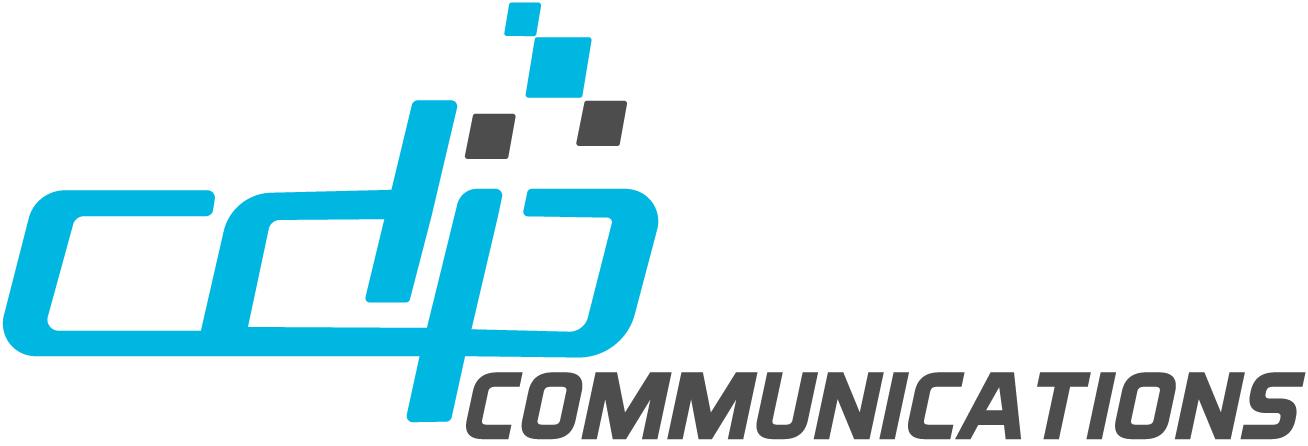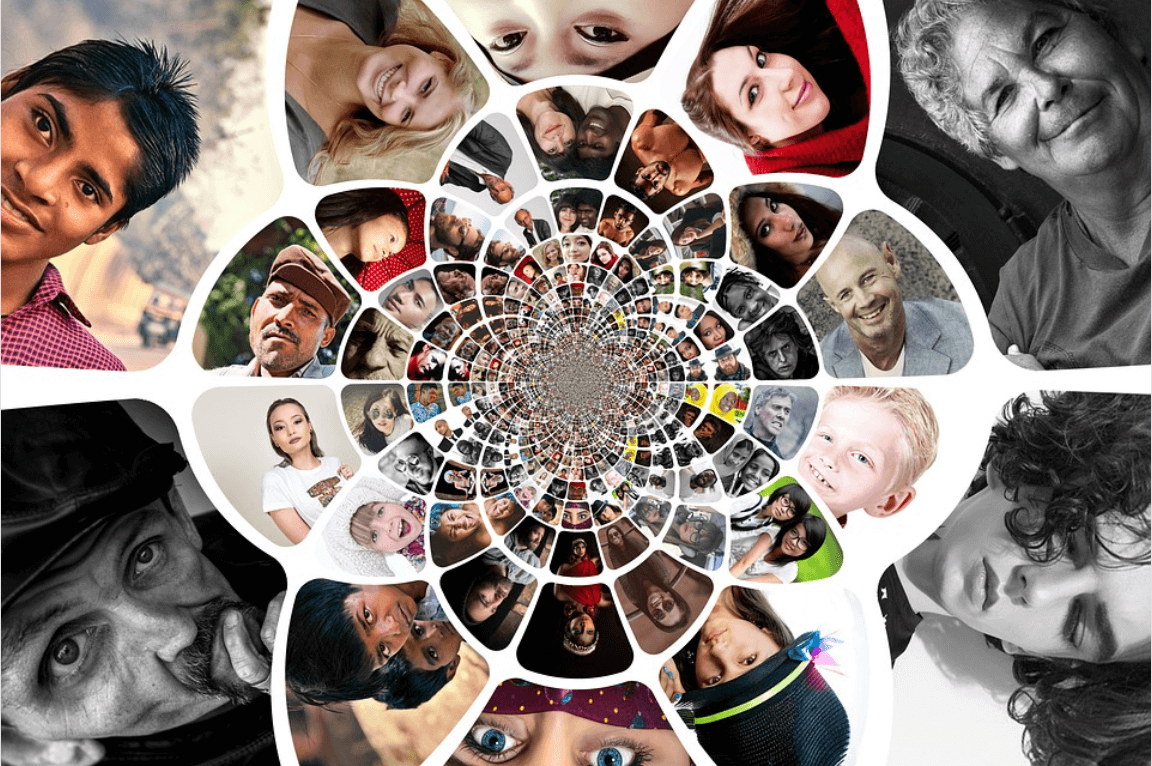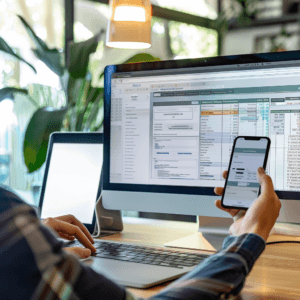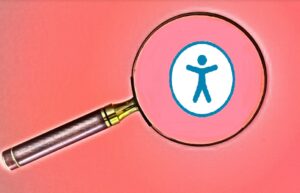It goes without saying that there has been a noticeable, palpable, and positive paradigm shift in the business world as organizations of every kind and every size work toward embracing and instituting the concepts of diversity, equity, and inclusion (DEI) in their hiring practices, their culture, and in their work with clients and colleagues alike. Great strides are being made because of DEI initiatives. But DEI must change. Let’s examine why.
Your DEI today might not be as inclusive or equitable as it should be
That said, there have been many companies making announcements on social media and elsewhere about their latest DEI victories. But while these organizations are heaping praise upon themselves and their work, many customers, clients, citizens, and constituents alike with disabilities simply aren’t feeling the love. They feel there is nothing to celebrate, no reason for kudos or congrats. At least, not once they find out that the content shared is inaccessible. That means it isn’t Inclusive. The Equity? Erased. The Diversity is decidedly… less diverse. There are many dissenting voices, who are vocal about the limited reach and limited progress, as well as the lack of results.
It begs the question: does it then truly meet the DEI benchmark? Where is the proverbial line in the sand if it isn’t reaching everyone possible in a diverse audience, the experience isn’t an equitable one and therefore isn’t thoroughly inclusive.
A further paradigm shift is needed
Can this be changed? Of course. And it should be! And whatever changes are to be made, diversity, equity, and inclusion should remain key pillars.
But how can these 3 pillars be enough?
In truth, they aren’t enough. Accessibility plays a vital role in ensuring all three concepts are fully achieved. Diversity, equity, and inclusion aren’t living up to their own names if they aren’t including everyone from a diverse audience or customer base in an equitable way.
It must then go further; the paradigm shift must continue to progress until it is in fact as diverse as it could be and include absolutely everyone and ensure an equitable experience and outcomes. It must start in the vocabulary itself, with a slight but meaningful shift in the words we use around DEI in total.
It’s time to incorporate Accessibility into our DEI initiatives, approaches and even in the very language we use about it. Let’s reorganize DEI to include Accessibility. Let’s re-jig how we think about it by changing its name and its identity to a more diverse, more equitable and more inclusive one.
Adding an additional pillar to the three existing bolsters the whole model
We can expand and ensure greater strength of all three pillars by adding a fourth. Here’s an idea: Let’s from now on call it IDEA.
I = Inclusion
D = Diversity
E = Equity
A = Accessibility
It’s more memorable when we add accessibility to the formula. Why? It spells IDEA, and what a great idea it is when you think about it.
It’s not a new idea. But it is one that could use a lot more traction in every facet of every business.
Corporate initiatives, hiring policies, websites, communications, marketing materials, digital content, social media, transactional and digital enterprise documents, and every other initiative, internal and external, would now be more inclusive, reach a wider more diverse audience, and be more equitable, just by meeting the new IDEA principles, not just the old and perhaps incomplete traditional DEI ones.
It refreshes and reframes the principles and the actions and initiatives that flow from it as a result.
Besides, shouldn’t the DEI model be iterative, like software companies update their software? Like WCAG updates their guidelines? Like regional accessibility laws are updated? I propose that a refreshed and reframed DEI model should be updated and modernized and that it can be a good thing.
Accessibility fits into and even improves the DEI model
When organizations begin to incorporate accessibility into their everyday business practices, they begin to remove barriers and truly become better organizations by being more inclusive, serving and securing a more diverse customer base, and helping to create a much more equitable world. Companies that adopt Accessibility win more clients and as well retain more clients. Those clients are happier and less likely to leave.
Accessibility closes many remaining gaps in the traditional DEI model and solves some of the biggest problems, those that are not addressed, or too often left till last. It opens the door to greater diversity and provides for a greater level of inclusion. But we must grow and expand our approach to make it meaningful and effective. Even how we think about diversity, equity and inclusion must change, and it will change for the better by adding accessibility. After all, so many provisions and advancements within the accessibility field have actually benefitted everyone, with examples ranging from closed captioning, search engine optimization and text-to-speech functionality, for starters. Want to make more positive changes? Make sure your organization incorporates Accessibility as the fourth pillar.
Get the …idea?
If you are looking for some ideas to get your DEI initiatives to become IDEAs, with solutions for digital and document accessibility, we have you covered. We’ve been solving digital problems since 1984, and with today’s best solutions for both desktop and high volume, CDP brings you the best for accessibility and accuracy, bar none.
Compliance achieved! Trust CDP with your digital accessibility and compliance needs. Contact us today.




